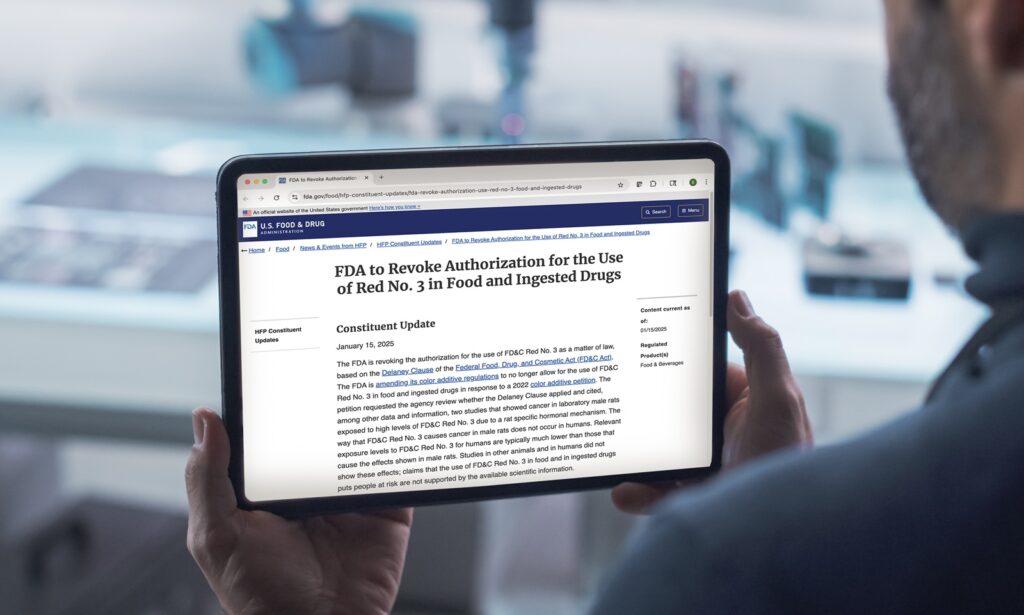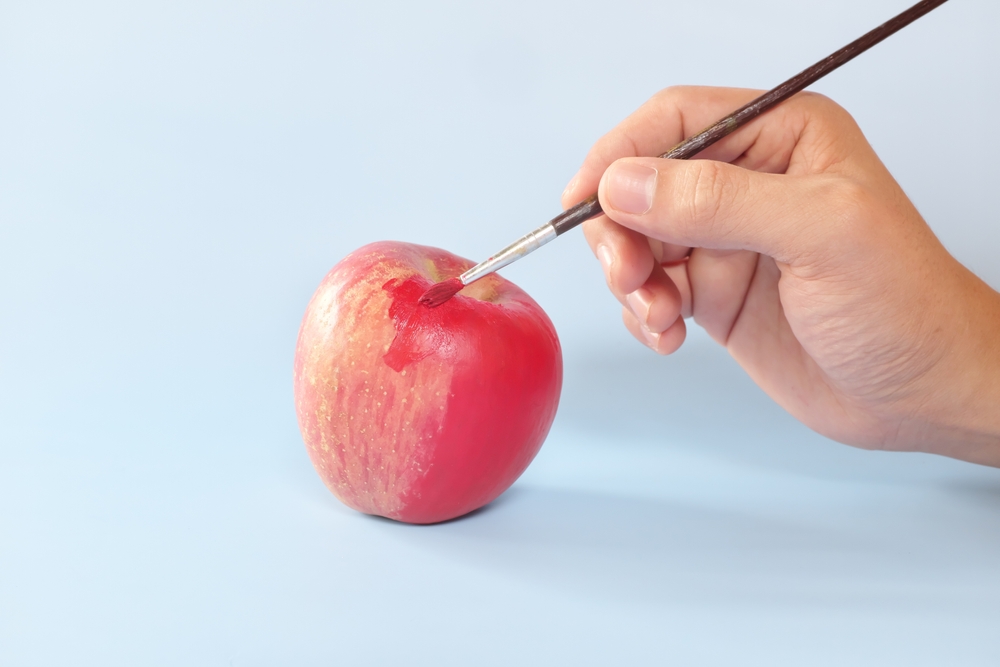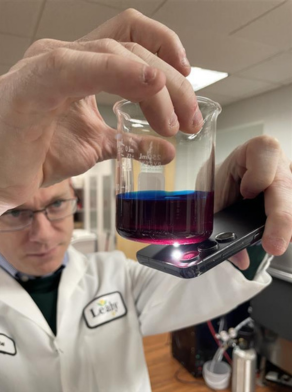By Ben Smith, R&D Manager
This is the first in a multi-part series on how we help customers optimize all aspects of their beverage program. Market fluctuations, ever-changing regulations and soaring costs are beyond our control. From R&D to Sourcing and Logistics, our team can help you navigate the factors that are within your control.
In this article you will find:
- An overview of RFK Jr.’s red dye 3 ban and why beverage brands must be ready to reformulate with natural color alternatives
- Insights into how color affects consumer perception of flavor and why maintaining vibrant, stable color is critical for product success
- How Leahy’s expert food scientists use advanced tools and techniques to help brands optimize formulas and navigate ingredient changes.

Unless you’re living in a bunker, you’ve probably heard the news that Robert F Kennedy Jr., the US’s Secretary of Health and Human Services, has recently banned red dye 3. It’s far from settled science that this particular dye is most harmful, but he’s certainly not alone in his belief that it is.
Whatever your take on this initiative, if you’re a beverage brand, be aware that your trusted artificial ingredient could be in RFK’s crosshairs.
At Leahy, our team of food scientists have been working for several years on natural solutions to replace artificial color. We’re prepared for whatever RFK throws at us. In fact, we thrive under the pressure of helping brands to optimize, reformulate, and clean up your label.
Give the people what they want
The need for altering the naturally occurring color of a beverage is driven by consumer preference.
We eat with our eyes first; therefore, consumers expect their food and beverages to be the correct, congruent color. In other words, if it’s strawberry, it better look as though someone hand-squeezed a zillion strawberries to make the beverage.
Research shows that food and beverage tastes better when it is presented attractively, and color is the most important part of that according to research done by *Dr Charles Spence of Oxford University, who specializes in psychology of food.
The research also shows that an incongruent color will negatively affect the perceived flavor of a product. So when we drink that red beverage, we expect it to be the flavor of a red fruit, such as strawberry or cherry. If it were green in color but strawberry in flavor, we would report being displeased with the taste.
Operators need a beverage to be the correct color throughout its shelf life. A loss of color over time spells the end of the product’s shelf life—even if it tastes the same as it did on day one. As product developers, our team understands each beverage system to ensure our products retain acceptable color right to the end.

What is this color sorcery?
In a nutshell, we color beverages using various natural and artificial dyes. People have been using colors in foods for thousands of years. Originally, the desired color would have been achieved through boldly colored natural sources such as turmeric or saffron for deep yellow colors, or the insect Cochineal for red.
The industrial revolution led to demand for new artificial colors to keep up with the emerging demand for industrially processed foods
In the early 1800s, scientists did not have a lot of knowledge as to what substances were harmful to humans, so food additives such as dyes started to lead to deaths in the mid-1800s, which then precipitated the start of the first laws in food regulation. As such, at the turn of the next century, US regulations saw the permitted substances used to color food fall from some 700 to just 7!
Artificial colors vs natural colors
- Natural colors are generally highly concentrated extracts from fruits or vegetables- a few examples:
- Reds and purples can come from black carrots
- Yellows from beta carotene (vitamin A), found in orange carrots and leafy green vegetables
- Yellows from turmeric extracts
- Blues and greens from Spirulina algae
Artificial colors are synthesized through various chemical reactions. There are some grey areas, such as the case of caramel colors. Caramel is made by heating sugar, but industrially there are further chemical reactions used to generate some caramel shades.

Why are natural colors less stable than artificial colors?
You’ve heard of antioxidants. Antioxidants behave like little scavengers in our bodies. They take harmful reactive molecules that have the potential to damage our cells and react with them before they do any cellular damage.
As it happens, antioxidants are responsible for the bright colors of boldly colored beverages. That means that they perform the same function in beverages as they do in our bodies—they react with other components, causing said beverage to lose color over time.
Artificial colors are extremely stable and not very reactive. So while they may be controversial, they generally cause fewer issues with loss of color.
Let’s get science-y
The Leahy food science team could geek out about this (and other things) for hours. Don’t get me started on visible light wavelength absorption and chromaphore molecule portions! Suffice it to say, we know our stuff.
In our laboratories, we can measure color using the Hunter Lab color space. This tool can measure color precisely in a way that is not affected by often-unreliable human color perception. It can definitively show whether a color has been correctly matched or provide real data as to how color is changing over shelf life.
We don’t just talk the talk, we analyze it with our fancy science stuff.
We love a technical challenge, and we pride ourselves in our ability to optimize a formula for whatever your need is. Whether it’s an ingredient that has become overly expensive over time, or a newly-banned ingredient for which no one was prepared, share your pain points with us; we’ll take the strain out of formula optimization for your brand.
ARE YOU INTERESTED IN
Learning More About Our R&D Capabilities?
